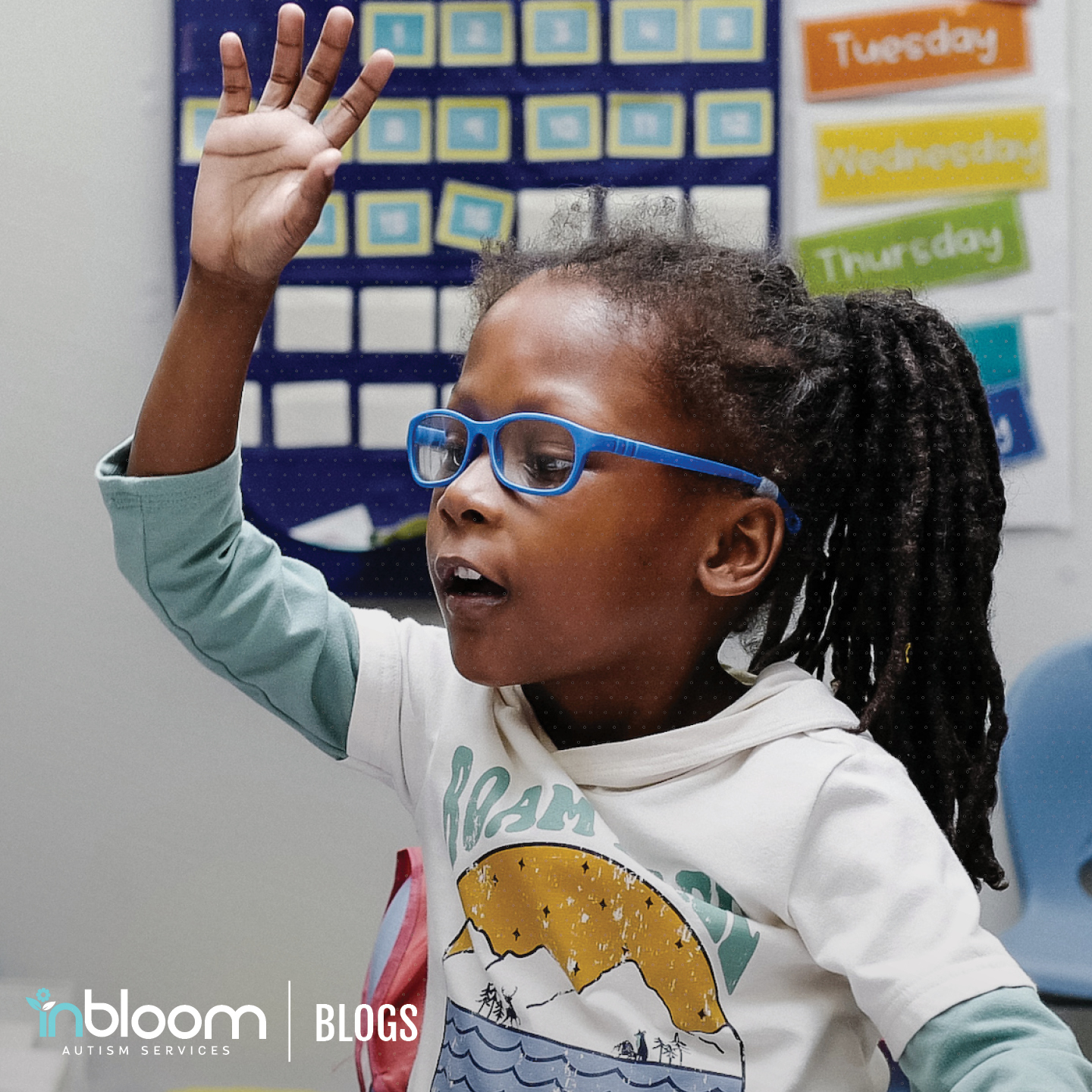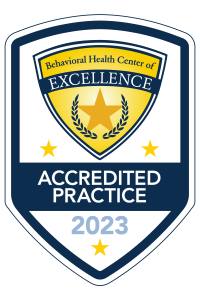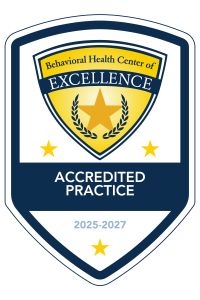Transition To School: Should I Share My Child’s Autism Diagnosis?

Learning that your child has autism is a significant event for parents and families. You’ve had to make so many decisions about how to support your child’s growth and education. You’ve sought important services for your child and learned how to meet their needs at home. Now that it is time to transition to school, whether that’s preschool or Kindergarten, you’re left asking yourself… ‘should I share their autism diagnosis with the school?’
We recently posed this topic to our Licensed Psychologist, Dr. Jaqui Otto. With over 20 years of experience, Dr. Otto brings a wealth of knowledge to our team at InBloom Autism Services. As our in-house diagnosing psychologist, she specializes in providing autism diagnostic services for young children.
In this blog, we share Dr. Otto’s recommendations for families making the transition to school. See what she had to say!
Should You Share Your Child’s Autism Diagnosis?
Ultimately, the decision to share information about a child’s autism diagnosis with their new school is up to each family and is specific to each child. When making the transition to school, some parents may have concerns that sharing their child’s autism diagnosis may lead to stigma or lack of educational access. Or, others may have seen their child make such amazing progress with ABA therapy that they are hopeful their child will slide into a typical school setting with little to no trouble.
How To Make the Best Decision For Your Child
Wherever you stand on the topic, you should first ask yourself the following questions to make the best possible decision for your child:
What are my child’s current communication skills?
Are they able to verbally communicate their needs and wants without a familiar adult around?
What do their learning readiness skills look like?
Have they been in a classroom before?
Do they know how to follow large group instructions?
Are they ready to learn Kindergarten skills?
Does my child have any maladaptive behaviors such as eloping, aggression, or self-injury that might show up at school?
What are my child’s sensory needs and do they need help from adults to meet those needs throughout the day?
Did any of your answers suggest that your child will need extra attention in any of these areas? If yes, then it is important to share that information with their teachers as they transition to school so they can appropriately plan to meet your child’s needs immediately.
Did you know that InBloom’s ABA therapy programs can also include a focus on learning readiness skills? Call 888-754-0398 or speak to your child’s InBloom BCBA!
Benefits of Sharing an Autism Diagnosis with Child’s School
Support & Resources from Day One
It is important that your child receives needed support and resources from day one. Collaborating with the school and teachers will go a long way toward making your child’s experience at school positive from the moment they enter the building.
Unified Front for Your Child’s Education
Additionally, partnering with your child’s educational team upfront helps build trusting relationships and encourages a unified approach to your child’s education. Having the right teaching strategies, necessary services, and important accommodations in place can make your child’s transition more seamless and less stressful for you and your child.
Limit Delays in Individualized Education Plan (IEP) or 504 Plan
Finally, the sooner you discuss your child’s needs with the school, the sooner they can set in motion a formalized Individualized Education Plan (IEP) or 504 Plan. The process for having your child evaluated at school can be lengthy and delays in communication make that timeline even longer.
What’s the Difference Between IEP and 504 Plan?
The Individualized Education Plan (IEP) and the 504 Plan are both federal laws that offer formal support for students with physical, medical, or cognitive conditions that directly impact education. The process starts with a meeting involving parents and school officials to determine the child’s eligibility. If they qualify, then parents and educators work together to develop a detailed written description of the child’s educational program.
Please note that the child’s teachers, schools, and school districts must follow the plan as written and agreed upon as these programs are legally binding. While IEP and 504 Plans both serve the needs of individuals with disabilities, there are some key differences.
The National Education Association provides this helpful explanation for parents, “Consider referral for a 504 Plan when the student does not require specialized instruction but does need the assurance of equal access to public education. Consider referral for a special education evaluation under IDEA and the creation of an IEP when the student requires specialized instruction to have access to and progress in the educational curriculum.”
Next Steps
We hope Dr. Otto’s advice will help your family make the best possible decision for your child and know what’s best for them. You’ve worked hard to get your child the care they need and have built a beautiful community of support – so, why stop now?
So what’s next? If your child is still receiving ABA therapy or any other forms of therapy, discuss these next steps with their clinical team. Your child’s BCBA can help guide you and your child through the transition. This collaboration will give your child the best opportunity to feel comfortable, safe, and ready to learn in this new setting!
InBloom Autism Services specializes in early intervention ABA therapy. Our RBTs undergo training to develop a curriculum specifically designed for children aged 5 and under with autism. Our Learning Centers also offer a safe and enjoyable environment for children to interact with their peers. Learn more about our ABA therapy program!
Related Blogs:
Understanding AAC (Augmentative and Alternative Communication) for Children with Autism



